Is Your Site Secure? Entrust's Trustworthiness in Question
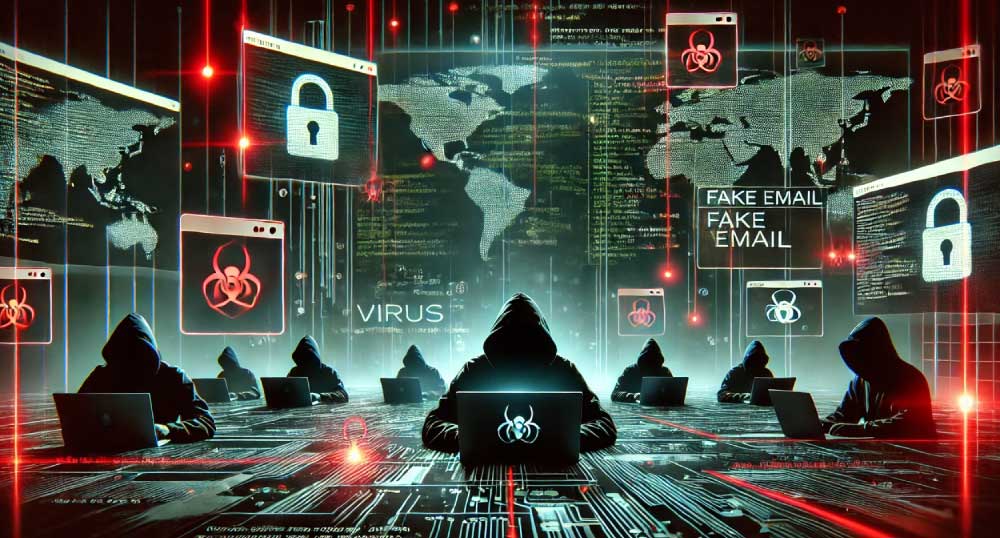
In today’s digital-first world, email is still one of the most effective tools for communication, but it’s also a key target for cybercriminals. Hackers frequently exploit this channel to deceive users into downloading malicious files or divulging sensitive information. A common tactic involves impersonating legitimate companies by sending fake emails, often with seemingly innocent attachments. These attachments, which may appear to be harmless files like screensavers, often hide dangerous malware that can compromise your system.
In this blog, we’ll dive into the tactics hackers use to impersonate company emails, the dangers of malicious attachments like screensavers, and what steps you can take to safeguard your business.
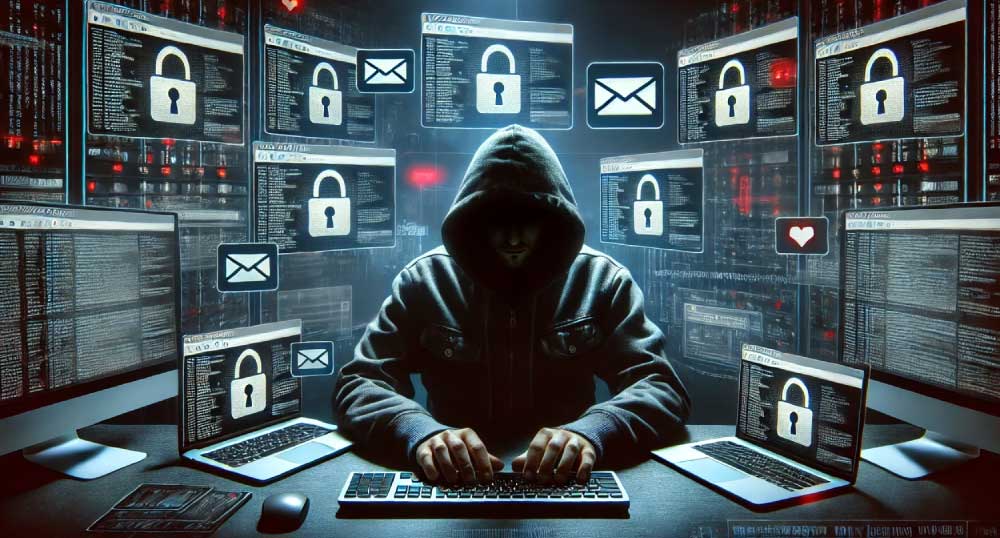
How Hackers Impersonate Company Emails
Cybercriminals use various methods to spoof email addresses or domains, making phishing emails difficult to detect. Some of the most common techniques include:
1. Email Spoofing
By manipulating the “From” address, hackers make an email appear as though it’s coming from a trusted source. This tactic is known as email spoofing. For a detailed explanation of how email spoofing works, check out this guide from Proofpoint.
2. Domain Squatting
Cybercriminals often register domain names that closely resemble legitimate companies by changing a letter or adding extra characters (e.g., [email protected] instead of [email protected]). This practice, known as domain squatting, tricks users into believing these fake emails are authentic. Learn more about domain squatting and phishing from ICANN.
3. Compromised Accounts
In some cases, hackers gain access to real company email systems via data breaches. This allows them to send phishing emails from legitimate accounts, making the fraud extremely difficult to spot.
4. Lookalike Emails
Hackers often mimic the visual style of legitimate company communications, replicating branding elements like logos, fonts, and layouts to further deceive recipients. To spot phishing attempts, read PhishLabs‘ common phishing techniques.
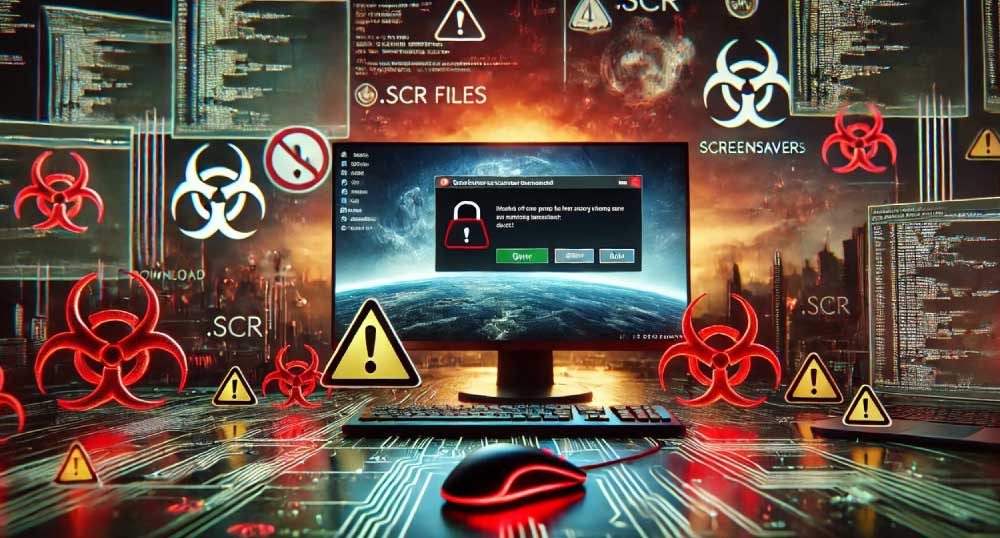
The Threat of Malicious Screensavers (.SCR Files)
One trick hackers use is to disguise malware as a screensaver file (.scr). A phishing email might encourage you to open an attachment with a file name such as “Holiday-Company-Screensaver.scr,” but this file contains harmful code that can severely compromise your system. The screensaver is simply a cover for malware.
When opened, these files can infect your system with various types of malware, including:
- Data Theft – Keyloggers and spyware installed via the .scr file can capture sensitive information like passwords, bank details, or access credentials.
- Ransomware – Malicious screensavers can also deliver ransomware, locking down your files and demanding payment in exchange for access.
- Spreading Infection – Hackers may use your compromised account to send phishing emails to your contacts, further spreading the malware.
For more on the risks associated with .scr files and how they’re exploited, this Microsoft guide on malware extensions provides helpful insights.
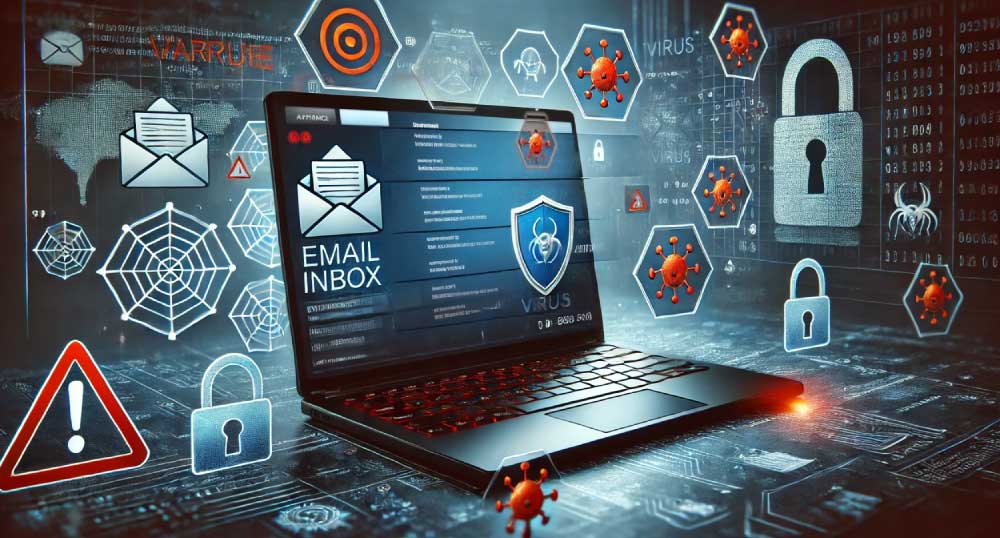
Protecting Your Business from Email-Based Attacks
Fortunately, there are ways to protect your business from these types of threats.
- Implement Email Authentication Tools
Tools such as DMARC, DKIM, and SPF are essential to preventing email spoofing and ensuring that only legitimate messages reach your customers’ inboxes.
- Leverage Email Reputation Protection
At Reg.asia, our Email Reputation Service helps protect your business from hackers who impersonate your brand to spread phishing attacks. This service builds trust in your email communications by detecting and preventing malicious messages before they reach recipients.
- Enable Two-Factor Authentication
Use two-factor authentication (2FA) on all sensitive accounts. This adds an extra layer of security by requiring a second step (like a code sent to your phone) before granting access.
- Educate Your Team
Regular training on how to spot phishing attempts is vital. Ensure your staff knows how to identify suspicious emails and attachments. Read more about phishing red flags and how to avoid common traps.
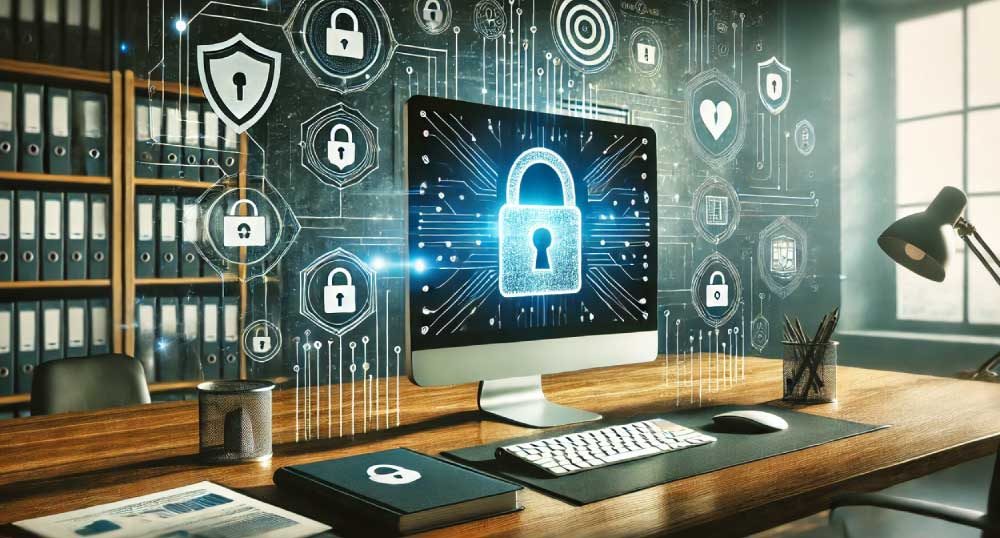
Conclusion
As hackers become more sophisticated in their attempts to exploit email systems, it’s critical for businesses to stay one step ahead. From email spoofing and domain squatting to malicious attachments, there are numerous ways cybercriminals can compromise your organisation. By implementing robust security measures like email reputation services and authentication protocols, you can minimise these risks and protect your brand’s integrity.
